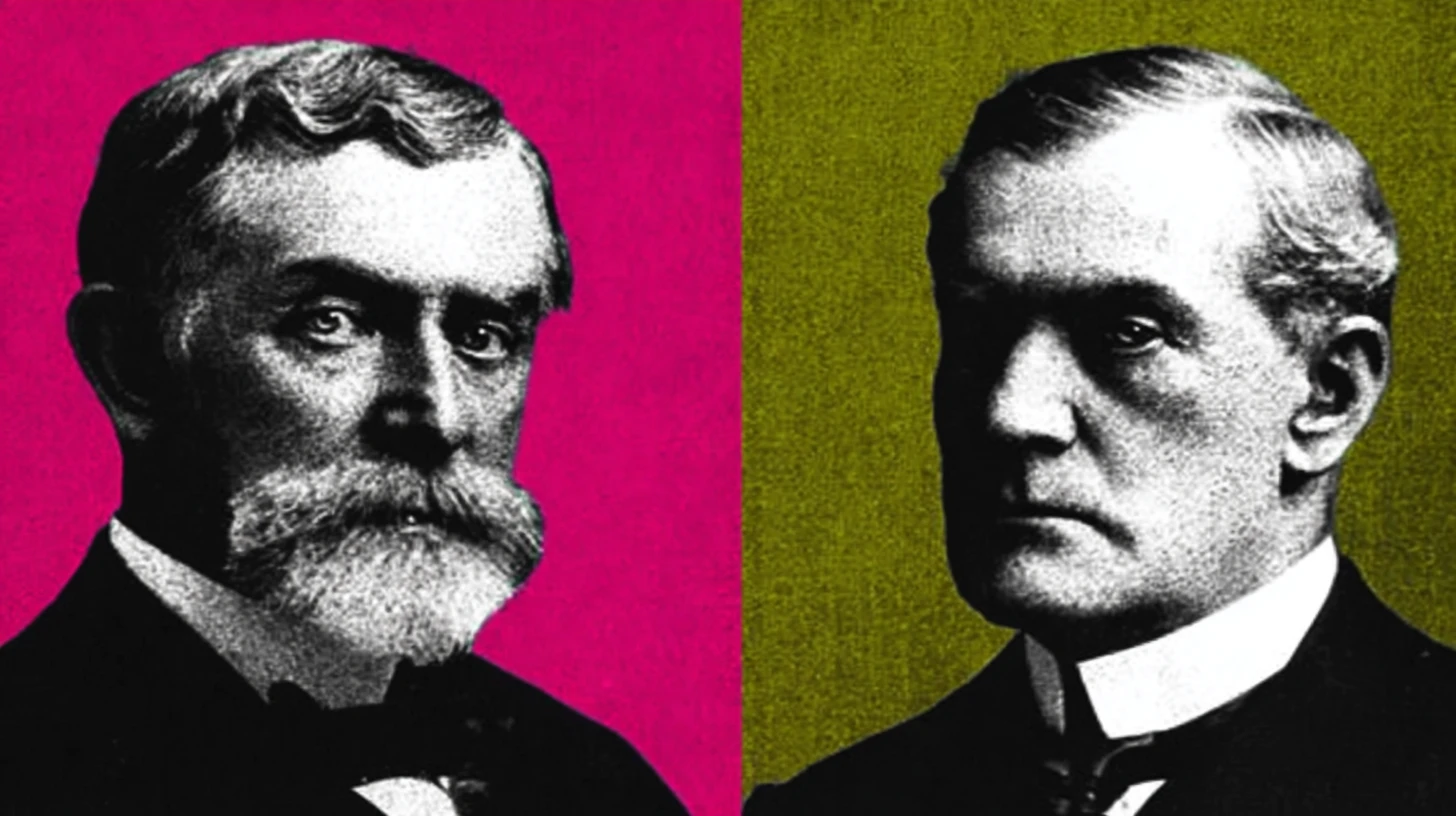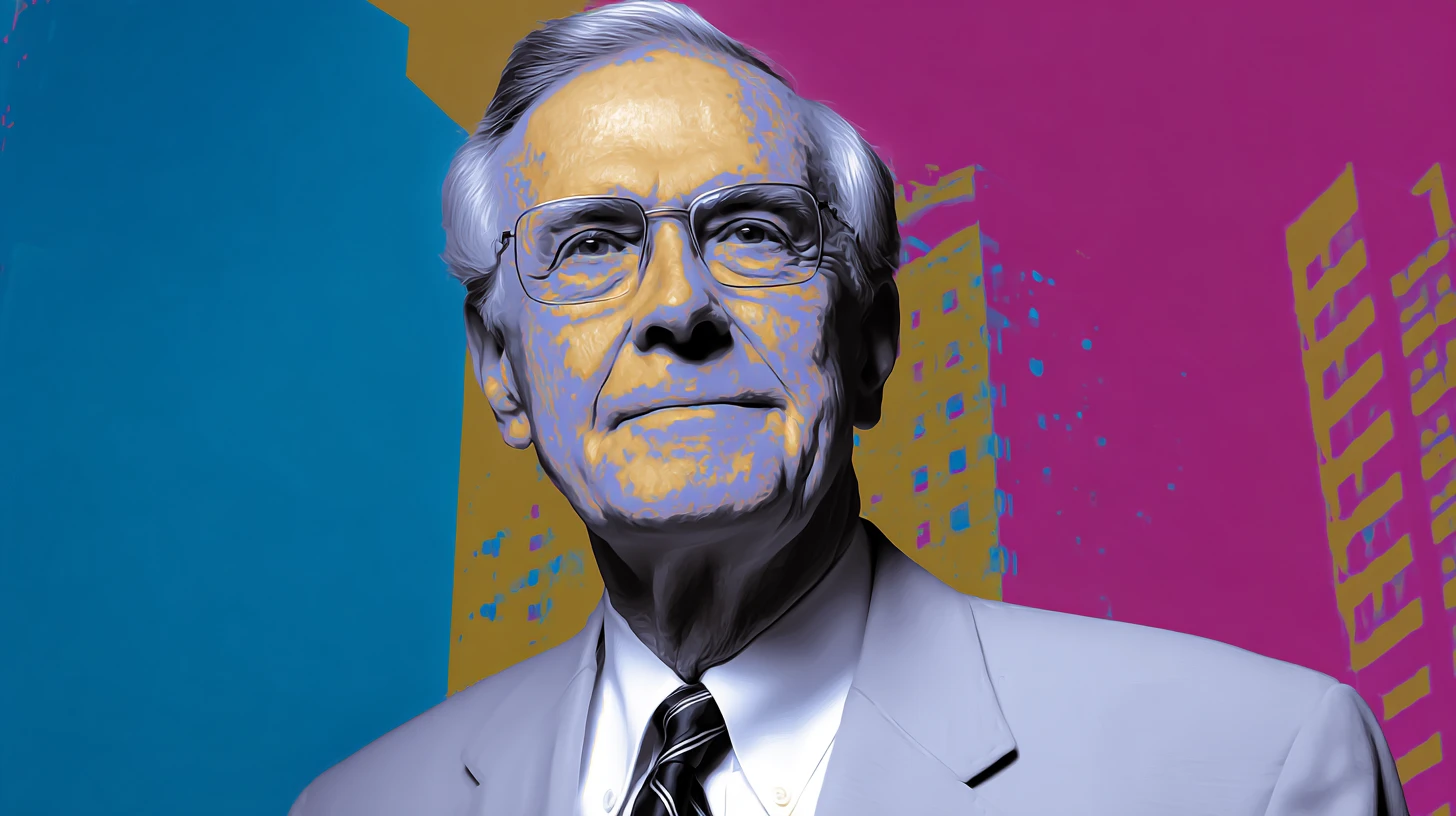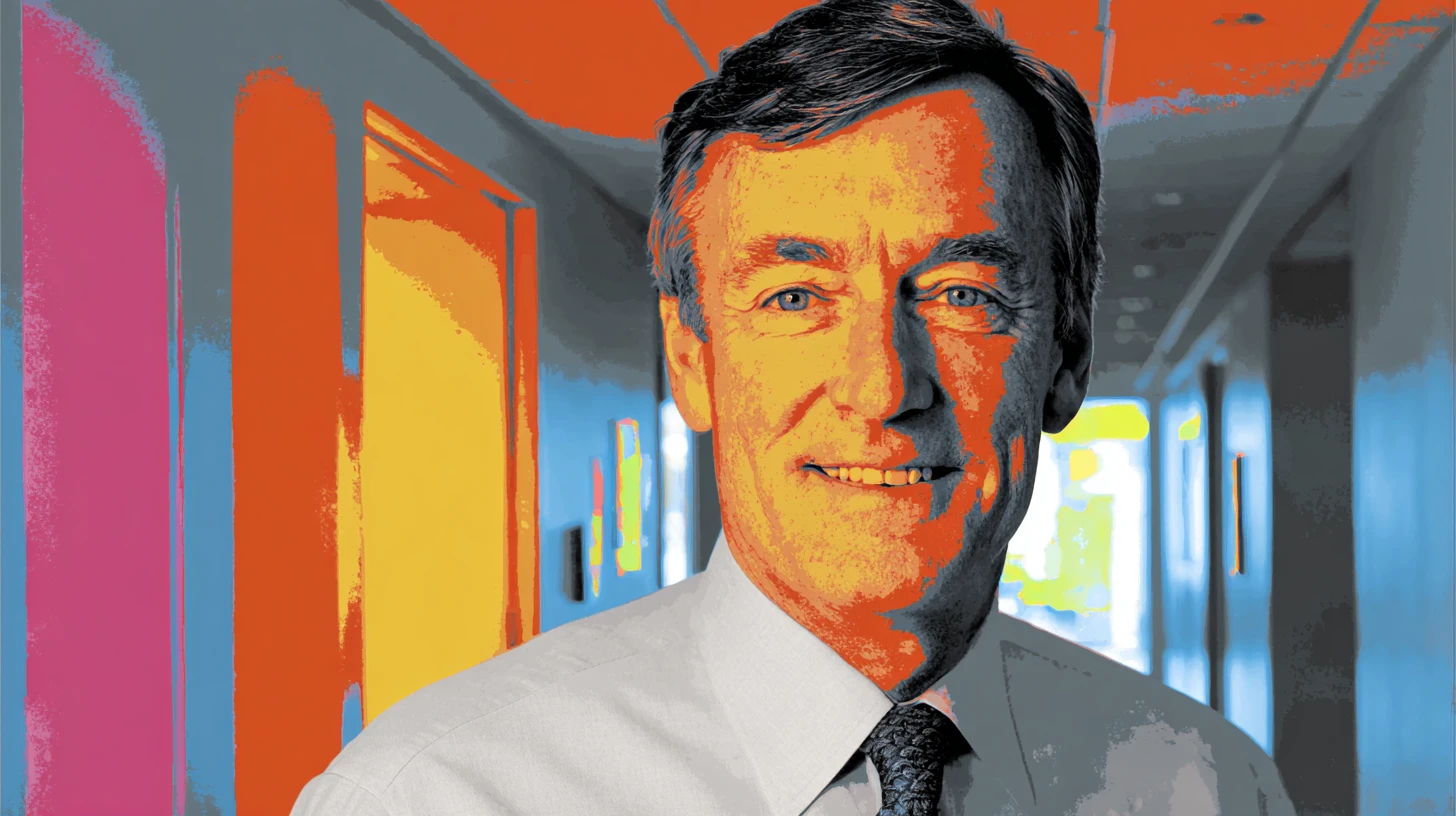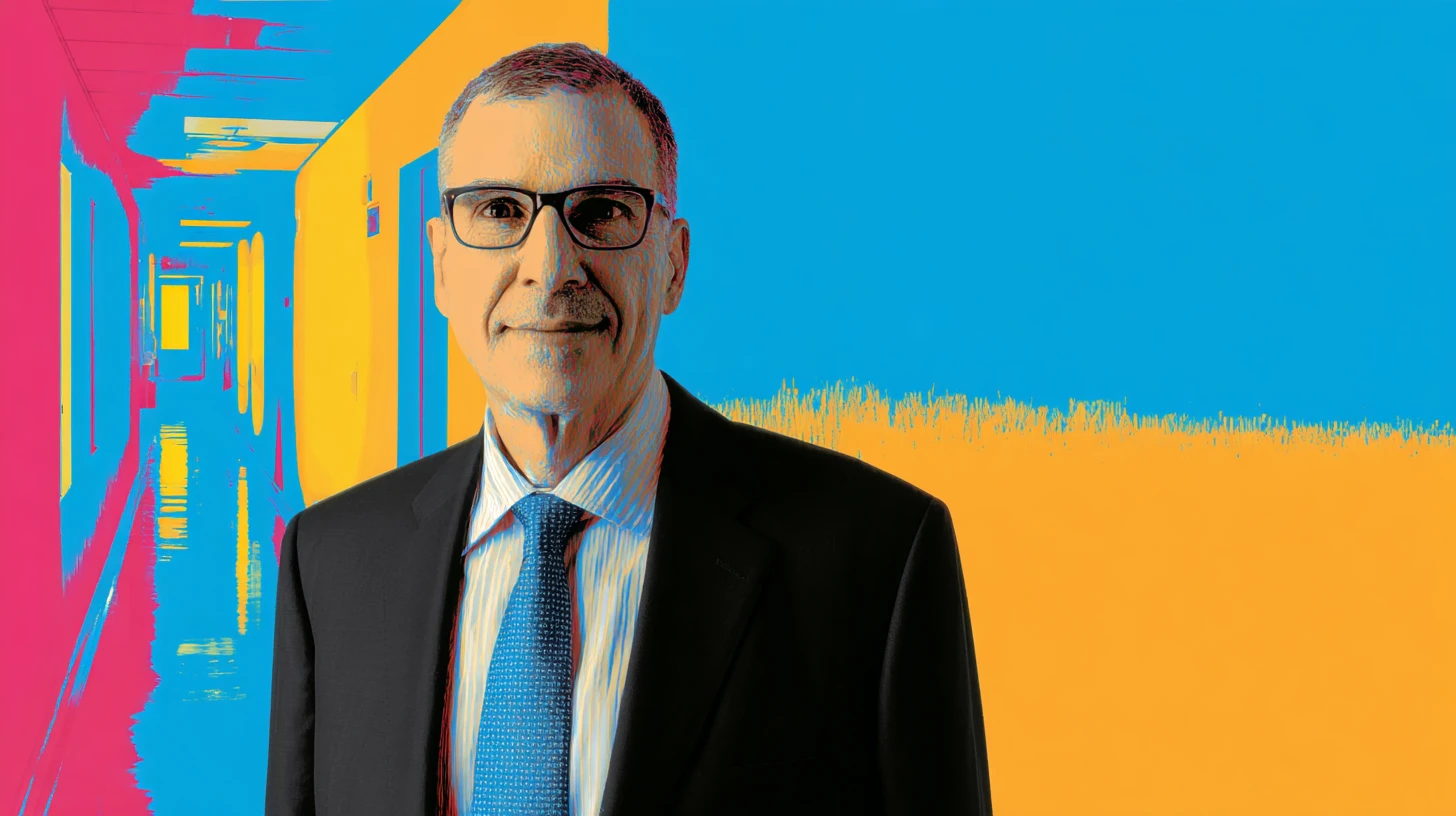.webp)
© History Oasis
Note: We have a gap in available records and my research. Exact dates weren't clearly documented in my sources. If you have any knowledge, please reach out.

1864-1892
Dr. William Worrall Mayo announced in area newspapers on January 27, 1864, that he was opening a private medical practice in Rochester, Minnesota. He had been directed to Rochester some 9 months earlier as the result of a short-lived appointment from President Abraham Lincoln to serve as an examining surgeon for the Union Army during the Civil War.
So Dr. Mayo was sent to a small Minnesota town by Abraham Lincoln himself, which would plant the seeds of America's most famous medical institution, the Mayo Clinic.

1892-1939
These two brothers would transform their father's small practice into a medical powerhouse.
On August 21, 1883, a tornado struck Rochester, killing 29 people and seriously injuring over 55 others. One-third of the town was destroyed, but young Will and his family escaped serious harm. The relief efforts began immediately with a temporary hospital being established at the town's dance hall.
This disaster led to their partnership with Mother Alfred Moes and the Sisters of St. Francis. It became the foundation of Mayo Clinic as we know it.
On Oct. 8, 1919, the Mayo brothers conveyed their ownership of the property and assets of the pioneering Mayo Clinic to the new nonprofit association. They gave away their entire fortune to ensure Mayo Clinic would serve humanity forever.

1988-1999
This humble eye doctor would orchestrate one of the most dramatic business transformations in healthcare history.
The Mayo Clinic, a $340 million-a-year operation with about 840 physicians in the mid-1980s, didn't even own a hospital until 1986. Under Waller's leadership as president and chief executive officer beginning in 1988, the Mayo Foundation grew into the powerful organization it is today, with $3.5 billion in annual revenue, more than 2,800 staff physicians, and13 owned or affiliated hospitals.
That's over 10x revenue growth in just over a decade.
While at the clinic, Waller has cared for many high-profile visitors, including former President George Bush and his wife, Barbara. Yet his office remained strikingly modest.
"I try to never use the word 'I,'" the Mayo Foundation president and chief executive officer said. "All I do is speak for a group of leaders who are temporarily in a position to guide the institution."

2003-2009
This pulmonologist didn't just run Mayo Clinic, Dr Cortese helped shape national healthcare policy.
Cortese, who consulted with the White House when framing the tenets of healthcare reform, has also been outspoken in advocating for a system that rewards value instead of the volume of services rendered to a patient.
He drove many innovations in his tenure at the helm of the Clinic, including the use of new discoveries in genomics to develop patient-focused treatment plans. He was doing personalized medicine before it was cool.
During his nine years as CEO, Cortese opened two new hospitals, one at Mayo's Arizona campus, and another at the Jacksonville campus. He's also grown the Clinic's endowment to $1.25 billion.

2009-2018
John H. Noseworthy, M.D., served as president and CEO of the healthcare giant from 2009 to 2019. Under his leadership, Mayo Clinic was reorganized into a single operating company with a unified strategy and business plan, which helped the system expand.
This included the launch of the Destination Medical Center, a 20-year economic growth plan in Rochester. During this time, annual revenue reached nearly $12 billion, and Mayo Clinic added 7,200 employees.
Dr. Noseworthy's decision to retire came after one of Mayo Clinic's strongest years in terms of quality and safety. He also saw advancement in research, education, and clinical practice; and the completion of a $3.76 billion, eight-year philanthropic campaign.

2019-Present
A native of Malta, Dr. Farrugia has spent 30 years as a Mayo physician. This gastroenterologist brings a unique blend of clinical expertise and innovation leadership.
Dr. Farrugia is the co-author of Think Big, Start Small, Move Fast: A Blueprint for Transformation from the Mayo Clinic Center for Innovation, a book highlighting the need for change in the delivery of health care.
He has published more than 250 articles on genomics and the treatment of disorders of gastrointestinal motility.
Despite the super-human intelligence, Gianrico is compassionate, patient, and grounded. He has a big vision for the future of medicine, and among his strongest points as a manager is his ability to inspire those around him to share that vision and work hard to achieve it.